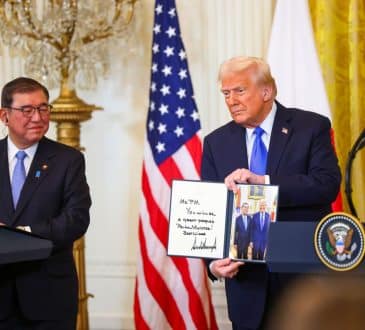ILO Report Highlights Mixed Progress on Global Wage Inequality

A new report from the International Labour Organization (ILO) has revealed that wage inequality has decreased in approximately two-thirds of countries since 2000. Despite this progress, the ILO emphasized that significant wage disparities persist globally.
The Global Wage Report 2024-2025: Is wage inequality decreasing globally? shows that since the early 2000s, wage inequality—measured by comparing the earnings of high and low-wage earners—has declined at an average annual rate of 0.5 to 1.7 percent, depending on the metric used. The most pronounced reductions occurred in low-income countries, where inequality decreased by an average of 3.2 to 9.6 percent annually over the past two decades.
In contrast, wealthier nations have experienced slower progress. Wage inequality in upper-middle-income countries fell by 0.3 to 1.3 percent annually, while in high-income countries, the reduction ranged from 0.3 to 0.7 percent per year. The report also noted that much of the reduction in wage inequality has been concentrated among workers at the higher end of the pay scale.
Global Wage Growth Shows Recovery, but Regional Gaps Persist
The ILO report also highlighted a recovery in global real wages, which have been increasing faster than inflation in recent years. In 2023, real wages grew by 1.8 percent worldwide, with projections indicating a 2.7 percent rise in 2024—the highest increase in over 15 years.
This marks a significant improvement compared to 2022, when real global wages shrank by 0.9 percent due to inflation outpacing nominal wage growth. However, the ILO noted that wage growth has been uneven across regions. Emerging economies have experienced stronger wage growth than advanced economies.
Advanced G20 economies recorded declines in real wages for two consecutive years, with a 2.8 percent decrease in 2022 and a 0.5 percent dip in 2023. In contrast, emerging G20 economies maintained positive real wage growth during this period, with increases of 1.8 percent in 2022 and 6.0 percent in 2023.
The report observed substantial regional variation in wage growth. Wage workers in Asia and the Pacific, Central and Western Asia, and Eastern Europe saw real wages rise at a faster pace compared to other regions.
Persistent Challenges in Tackling Wage Inequality
ILO Director-General Gilbert F. Houngbo acknowledged the return to positive real wage growth as a positive sign but warned that millions of workers still face a cost-of-living crisis that has eroded their living standards. He pointed out that wage disparities, both within and between countries, remain alarmingly high.
The report revealed that the lowest-paid 10 percent of workers globally receive only 0.5 percent of the total global wage bill, while the top 10 percent earn nearly 38 percent. Wage inequality is particularly severe in low-income countries, where around 22 percent of wage workers are classified as low-paid.
Women and informal economy workers are disproportionately represented among the lowest-paid, highlighting the need for targeted measures to close wage and employment gaps. The report stressed that addressing wage inequality requires a broader focus beyond wage workers, especially in low- and middle-income countries, where many are self-employed in the informal sector. Including self-employed workers in the analysis significantly increases measured labor income inequality in these regions.
ILO economist and report co-author Giulia De Lazzari underscored the importance of strengthening wage policies and institutions to reduce inequality. She added that policies promoting productivity, decent work, and the formalization of the informal economy are equally crucial for achieving fair labor outcomes.
Have you read?
Countries: Women in the workforce.
Countries: Personal space.
World’s Most (And Least) Religious Countries.
Best Countries to Invest In Travel, Tourism, and Hospitality.
Most Forested Countries In The World.
Bring the best of the CEOWORLD magazine's global journalism to audiences in the United States and around the world. - Add CEOWORLD magazine to your Google News feed.
Follow CEOWORLD magazine headlines on: Google News, LinkedIn, Twitter, and Facebook.
Copyright 2025 The CEOWORLD magazine. All rights reserved. This material (and any extract from it) must not be copied, redistributed or placed on any website, without CEOWORLD magazine' prior written consent. For media queries, please contact: info@ceoworld.biz








